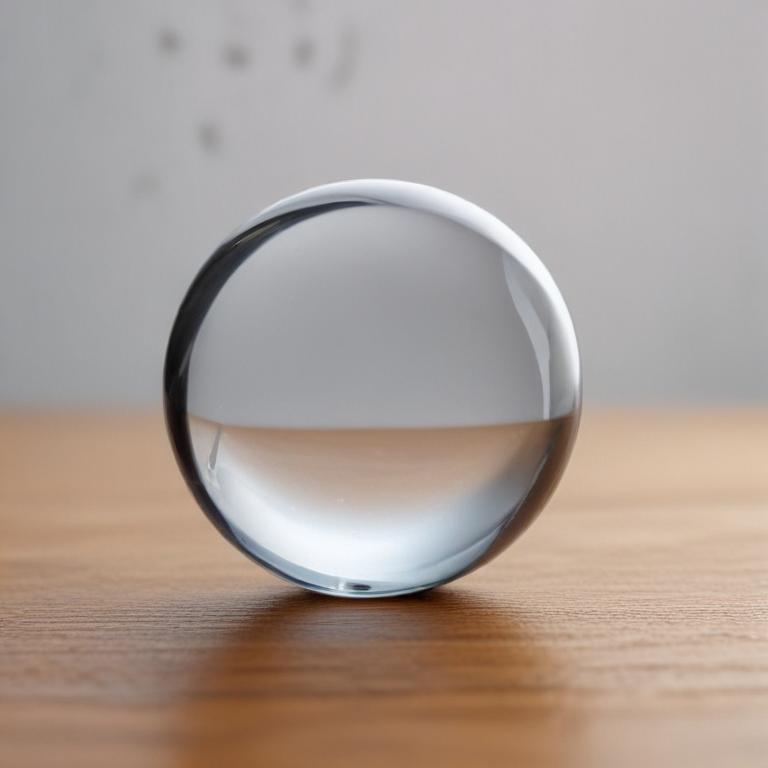发音 (Pronunciation):
IPA: /ˈtɪʃuː/
中文近似: 提休
中文意思与词性 (Meanings & Part of Speech):
- 组织 (n.)
- 纸巾 (信息待补充)
例句 (Examples):
1. The human body is made up of various types of tissue.
(人体由多种类型的组织构成。)
2. Can you pass me a tissue?
(你能给我递一张纸巾吗?)
用法提示 (Usage Tip):
注意区分 'tissue' 和 'tissues',后者是其复数形式。
更多关于 "tissue" (More about "tissue")
单词来源 (Etymology)
来源于拉丁语 'textus',原意为“编织、结构”,指生物体内的细胞结构。
词根词缀解析 (Root & Affix Analysis)
该词为基础词,无明显词根词缀。
“tissue”的字母与词根个性化解读
字母象形/引申义 (个性化参考)
- 字母 't' 的象形或引申含义可能包括: 顶端 -> 记号/标志; 手杖 -> 抓 -> 手 -> 伸展 -> 指示代词; 支撑 -> 站立; 三叉 -> Tr转换/转; 分叉; 音变: T=D=S=TH。
- 字母 'i' 的象形或引申含义可能包括: 我 (an, any, one -> 人); 水滴 -> 水 (ice); 尖, 一点, 小 (inch); 元音互换: A=E=I=O=U=W=Y。
- 字母 's' 的象形或引申含义可能包括: 水波纹/走路痕迹 (S象形); 吐气轻细咝 -> 说话 (拟声); 音变: S=C=Z=TH=X。
- 字母 'u' 的象形或引申含义可能包括: 中空 -> 容器 -> 用具 -> 使用; 音变: U=V=W; U=A=E=I=O=Y。
- 字母 'e' 的象形或引申含义可能包括: 眼睛 (窗户符号引申); 向外 (ex-变体); 元音互换: A=E=I=O=U=W=Y。
学习提示:以上针对单词 tissue 的字母和词根解读,主要基于提供的特定象形及词根资料。这些提示旨在启发联想,而非绝对定论。更通用的记忆规则和原则请参考首页。英语词源复杂多变,实际应用中请结合更全面的词源词典和语言学知识进行深入学习。
常用词组 (Common Phrases)
- tissue paper: 纸巾
- connective tissue: 结缔组织
其他语言 (Other Languages)
- 德语: Gewebe
- 法语: tissu
字母整体创意联想
单词 'tissue' 的形状可以联想到一个卷曲的纸巾,像是用来擦拭的东西。
逐字母创意解读
中文谐音助记
“tissue” -> “提休” -> 想象提着纸巾休息。
相关电影/名言
"You can't wipe your tears with a tissue and pretend everything's okay."
(你不能用纸巾擦干眼泪,然后假装一切都好。)
- 《电影名信息待补充》(年份信息待补充)
趣味知识/故事
在19世纪,纸巾的发明改变了人们的生活方式,成为日常生活中不可或缺的部分,尤其在感冒季节。
拓展信息
‘tissue’ 不仅指生物体内的组织,也用来指代各种纸质材料,尤其是用于擦拭的纸。
在医学和生物学中,组织的研究对理解人体功能至关重要。
网络参考 (More about "tissue" from the Web)
Tissue | Definition, Types, & Facts | Britannica
tissue, in physiology, a level of organization in multicellular organisms; it consists of a group of structurally and functionally similar cells and their intercellular material.. By definition, tissues are absent from unicellular organisms. Even among the simplest multicellular species, such as sponges, tissues are lacking or are poorly differentiated.
Tissue (biology) - Wikipedia
In biology, tissue is an assembly of similar cells and their extracellular matrix from the same embryonic origin that together carry out a specific function. [1] [2] Tissues occupy a biological organizational level between cells and a complete organ. Accordingly, organs are formed by the functional grouping together of multiple tissues.
Tissue - Definition and Types of Tissues | Biology Dictionary
Learn about the four types of animal tissues (connective, muscle, nervous, and epithelial) and the three types of plant tissues (vascular, ground, and epidermal). Find out how tissues are structured, function, and are affected by diseases.
更多图片 (tissue More Images)

